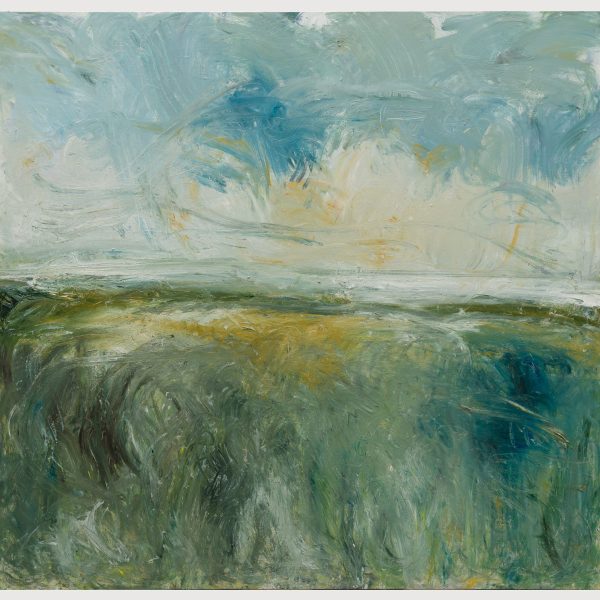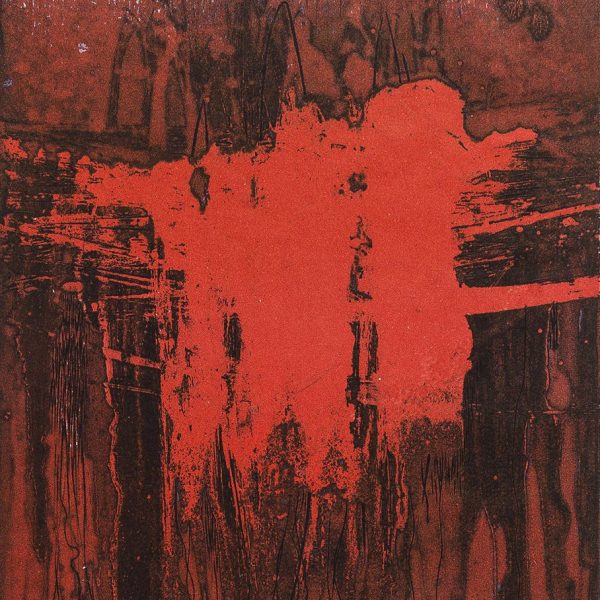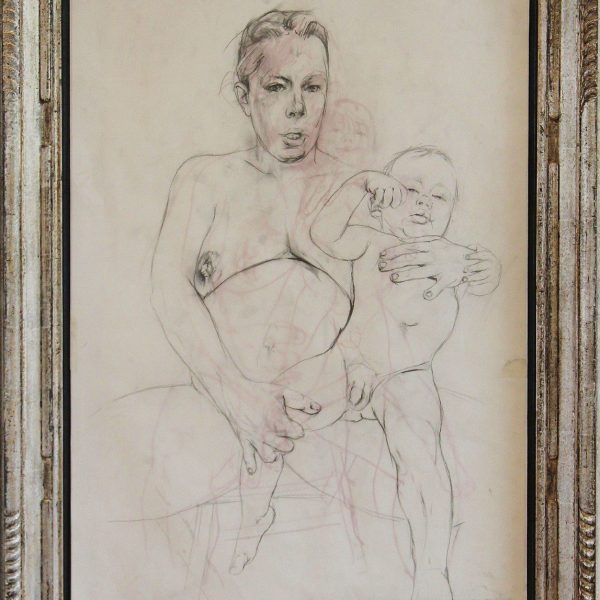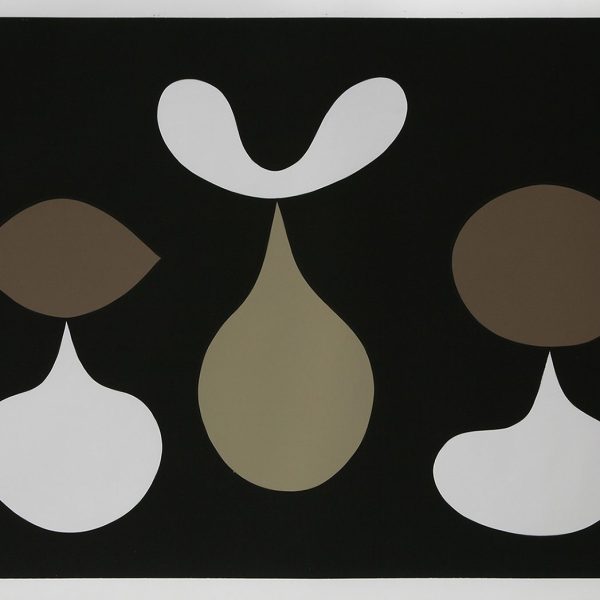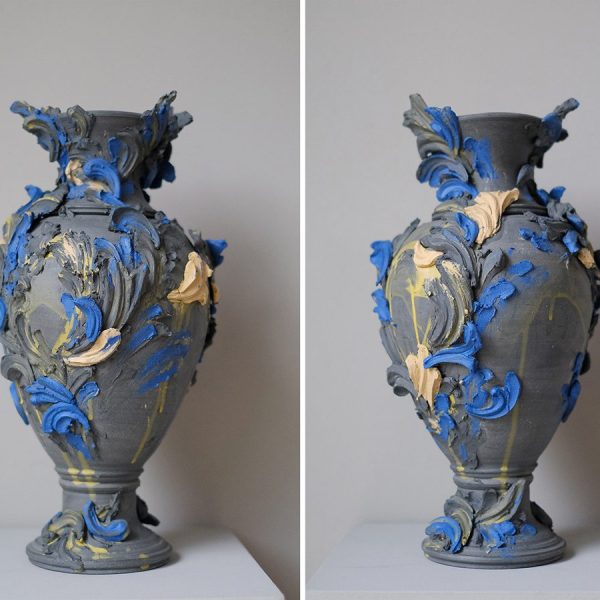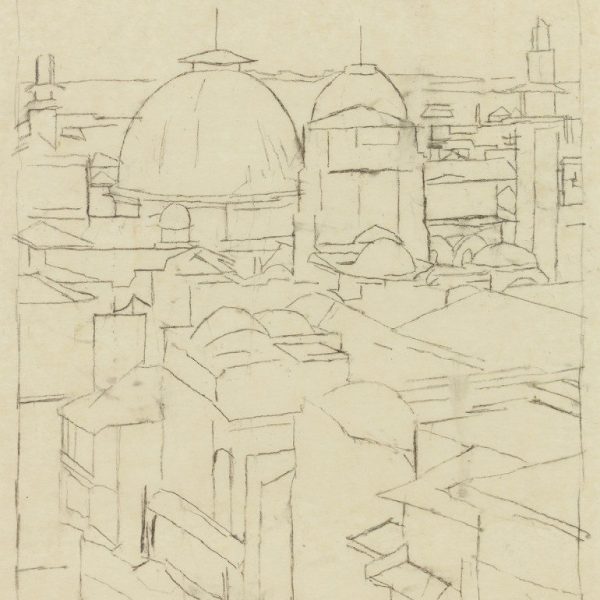DIRECTOR, HOLBURNE MUSEUM, BATH
DR CHRIS STEPHENS
Director, Holburne Museum, Bath
Dr Chris Stephens has been Director of the Holburne Museum since 2017. Prior to that he worked at Tate for over 20 years, as Head of Displays, Tate Britain, for much of that time, and also as Head of Modern British Art. Exhibitions in London and St Ives included Barbara Hepworth: Centenary (2003), Francis Bacon (2008), Henry Moore (2010), Picasso and Modern British Art (2012), Barbara Hepworth: Sculpture for a Modern World (2015) and David Hockney (2017). His book St Ives: The Art and the Artists was published by Pavilion in 2018.
“There are lots of fantastic things and it has been very difficult to select just six. The range is huge in terms of media and practise, and also of the range of artists from the lesser known to the world-famous. So, I have been very self-indulgent and been led purely by personal taste and, in some instances, by personal associations. So, there are a couple of friends on my list and others who either have played a part in my life or I hope will one day.”
CLICK ON IMAGE TO ENLARGE
Richard Cook, Without a Compass, 2019. Courtesy of Contemporary Six.
“I adore Richard Cook’s work whether it is the expansive, large works like this one or the small, heavily encrusted. There is a fabulous balancing of image and medium, light and form and always a beautiful poetic sense. Everything Richard does is exquisite and it beats me why he isn’t far better known.”
Anthony Benjamin, Trial proof for Elements 1959, 1959. Courtesy of Broadbent Gallery.
“Anthony was a lovely man and I was involved with his rediscovery of the seven etchings he’d made to accompany W.S. Graham’s poems Seven Letters. They were made at S.W. Hayter’s Paris studio in 1958/9 but only two sets were printed until Anthony rediscovered the plates in the 1990s and they were editioned by Hope (Sufferance) Press.“
Jenny Saville (RA), Mother and Child study ii, 2009. Courtesy of Castlegate House Gallery.
“I happened to be in New York years ago when Jenny Saville exhibited a group of huge drawings of, I think, herself with one or two babies. They were based on personal experience but strike a wonderful balance of emotional intimacy and art historical resonance. I find the layering of two images very effective too.”
Paule Vézelay, A Simple Composition, 1968. Courtesy of England & Co.
“The first acquisition I made as a curator at the Tate was of a couple of pieces by Vezelay and I have been fascinated by her work ever since. It is more recent that I have appreciated these later images which seem to capture the look and spirit of the late 60s despite coming over thirty years after she had been a formidable force in the avant-garde Parisian scene of the 1930s.”
Jo Taylor, After Consort, 2020. Courtesy of Rabley Gallery.
“Since moving to the Holburne, I have paid more attention to ceramics and especially dialogues between contemporary practice and tradition. I love the exuberance of Jo Taylor’s riff off Sevres porcelain, combining expressive marks with the voluptuous vase form in a wild, contemporary manner that suits the Bridgerton moment.”
David Bomberg, Church of the Holy Sepulchre, 1925. Courtesy of Beaux Arts London.
“I worked on Bomberg when first in London in 1990. Ever since I’ve loved the paintings made in Palestine in the 1920s. They seem very realistic and quite at odds with the abstract work he’d made before the First World War. This lovely drawing, however, shows how the same abstract rhythms underlie his depictions of Jerusalem.”
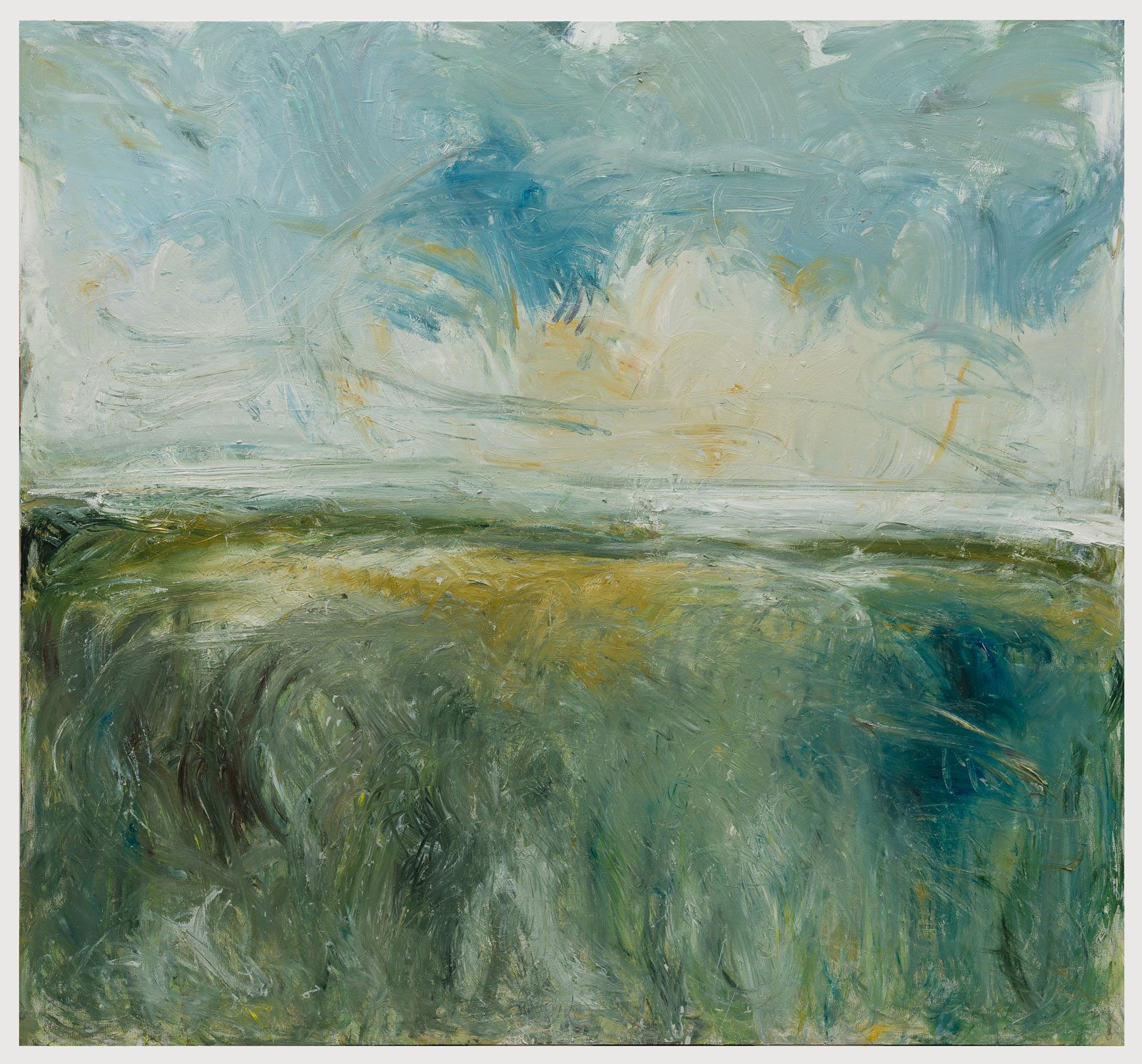
Richard Cook, Without a Compass, 2019. Courtesy of Contemporary Six.
“I adore Richard Cook’s work whether it is the expansive, large works like this one or the small, heavily encrusted. There is a fabulous balancing of image and medium, light and form and always a beautiful poetic sense. Everything Richard does is exquisite and it beats me why he isn’t far better known.”
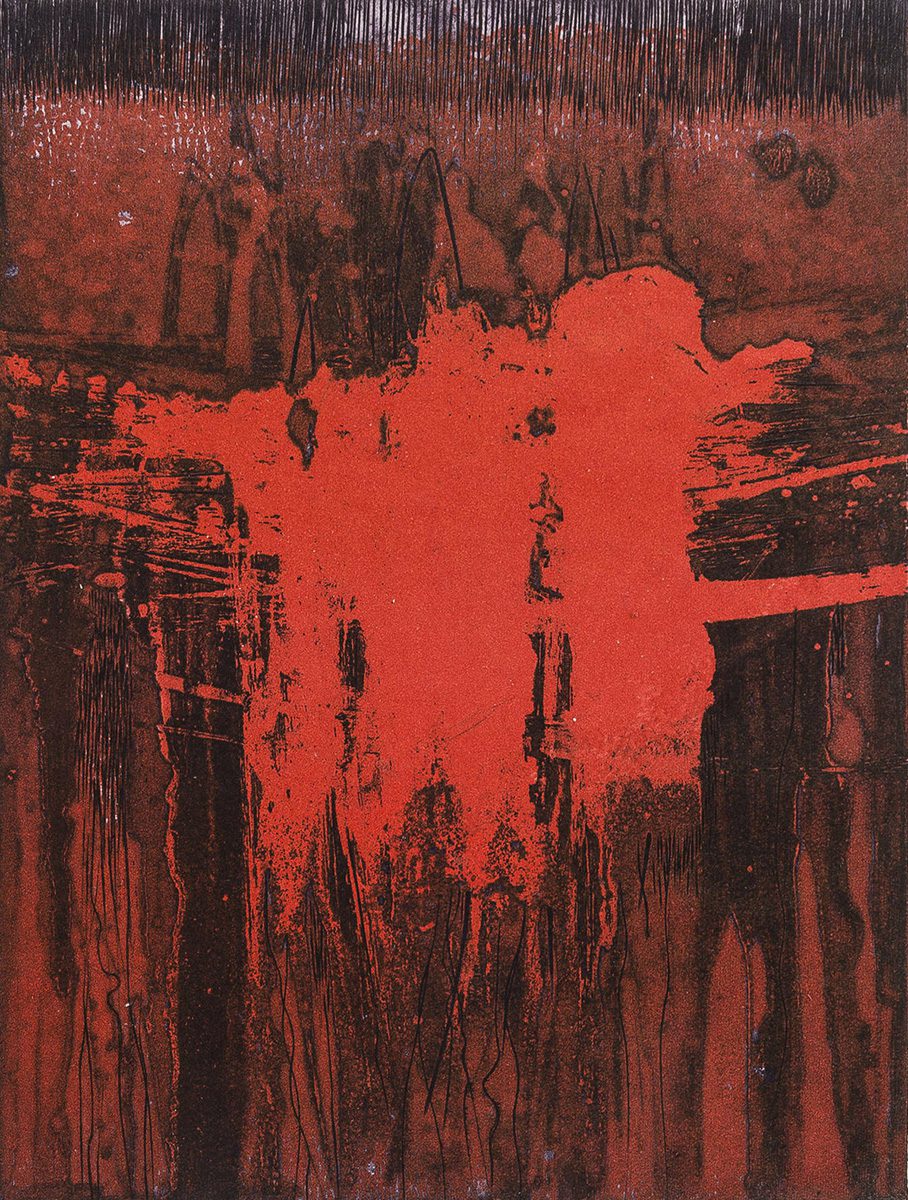
Anthony Benjamin, Trial proof for Elements 1959, 1959. Courtesy of Broadbent Gallery.
“Anthony was a lovely man and I was involved with his rediscovery of the seven etchings he’d made to accompany W.S. Graham’s poems Seven Letters. They were made at S.W. Hayter’s Paris studio in 1958/9 but only two sets were printed until Anthony rediscovered the plates in the 1990s and they were editioned by Hope (Sufferance) Press.“
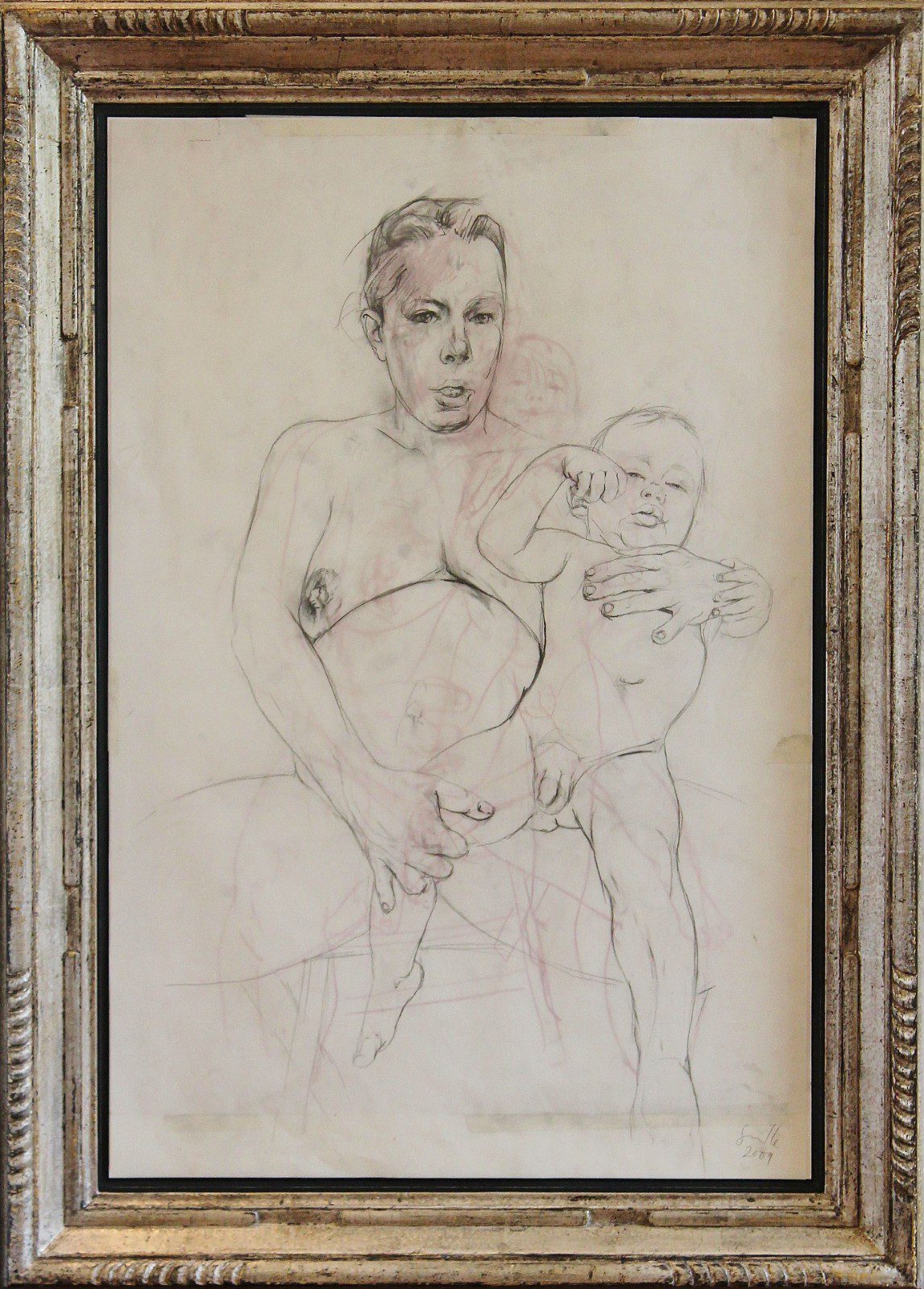
Jenny Saville (RA), Mother and Child study ii, 2009. Courtesy of Castlegate House Gallery.
“I happened to be in New York years ago when Jenny Saville exhibited a group of huge drawings of, I think, herself with one or two babies. They were based on personal experience but strike a wonderful balance of emotional intimacy and art historical resonance. I find the layering of two images very effective too.”
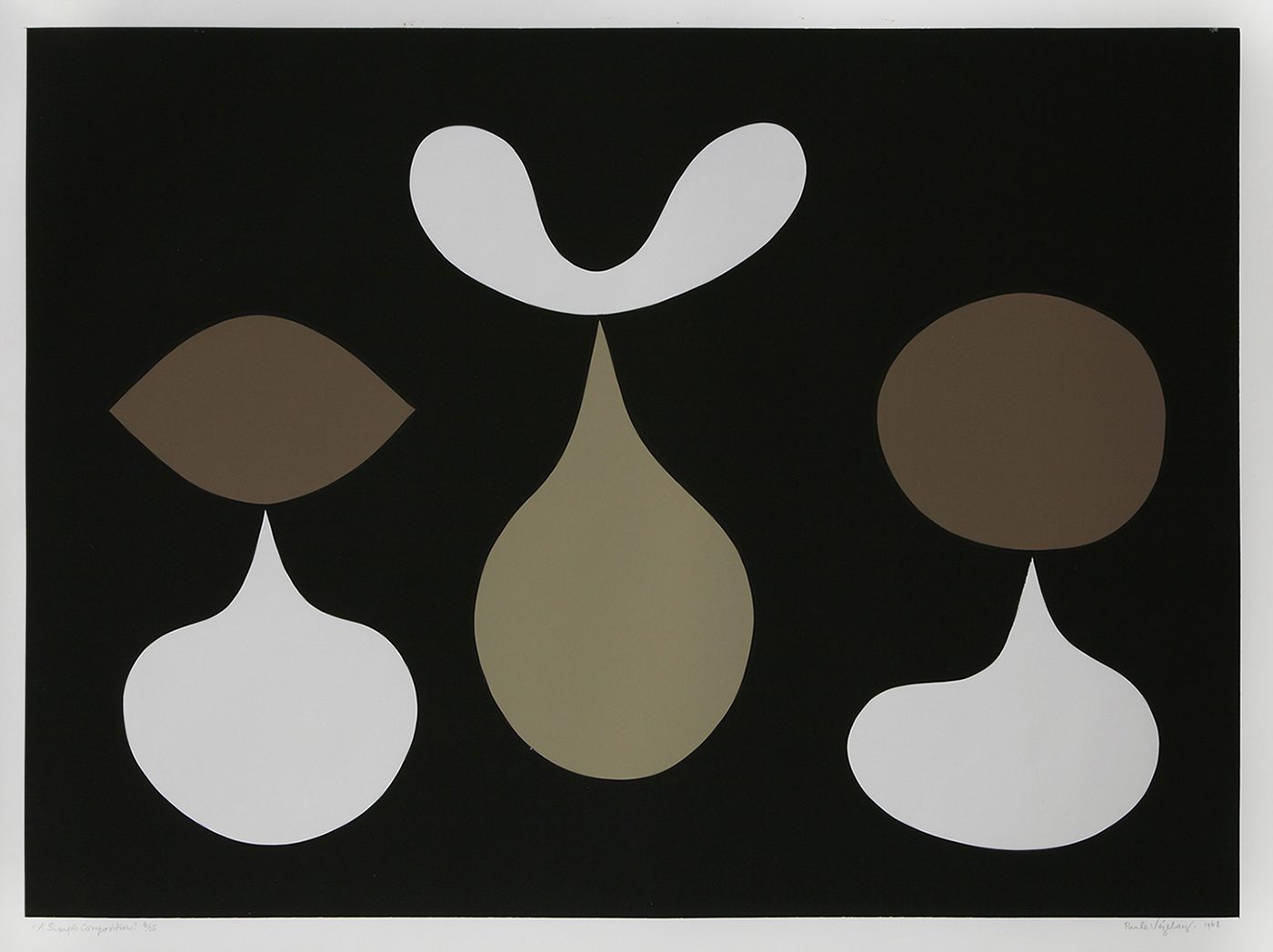
Paule Vézelay, A Simple Composition, 1968. Courtesy of England & Co.
“The first acquisition I made as a curator at the Tate was of a couple of pieces by Vezelay and I have been fascinated by her work ever since. It is more recent that I have appreciated these later images which seem to capture the look and spirit of the late 60s despite coming over thirty years after she had been a formidable force in the avant-garde Parisian scene of the 1930s.”
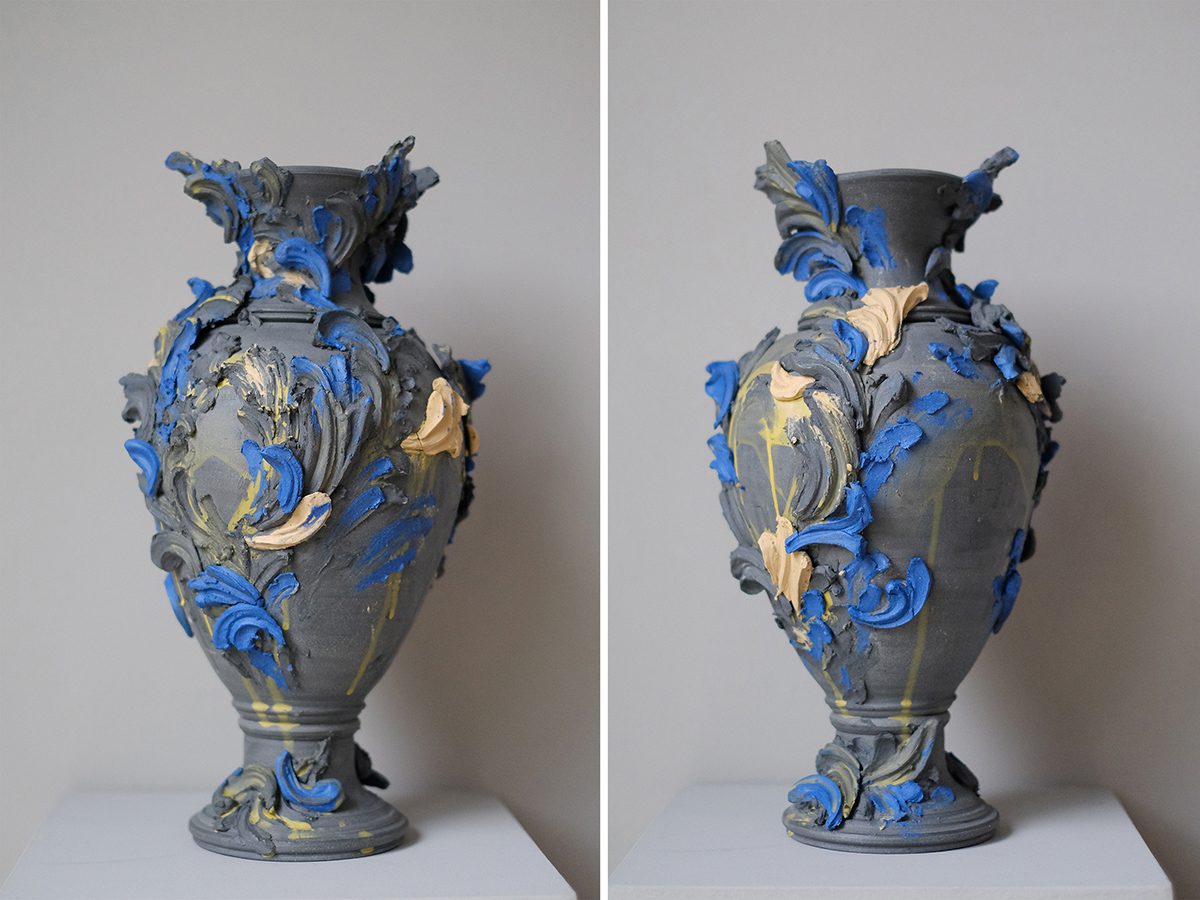
Jo Taylor, After Consort, 2020. Courtesy of Rabley Gallery.
“Since moving to the Holburne, I have paid more attention to ceramics and especially dialogues between contemporary practice and tradition. I love the exuberance of Jo Taylor’s riff off Sevres porcelain, combining expressive marks with the voluptuous vase form in a wild, contemporary manner that suits the Bridgerton moment.”

David Bomberg, Church of the Holy Sepulchre, 1925. Courtesy of Beaux Arts London.
“I worked on Bomberg when first in London in 1990. Ever since I’ve loved the paintings made in Palestine in the 1920s. They seem very realistic and quite at odds with the abstract work he’d made before the First World War. This lovely drawing, however, shows how the same abstract rhythms underlie his depictions of Jerusalem.”

